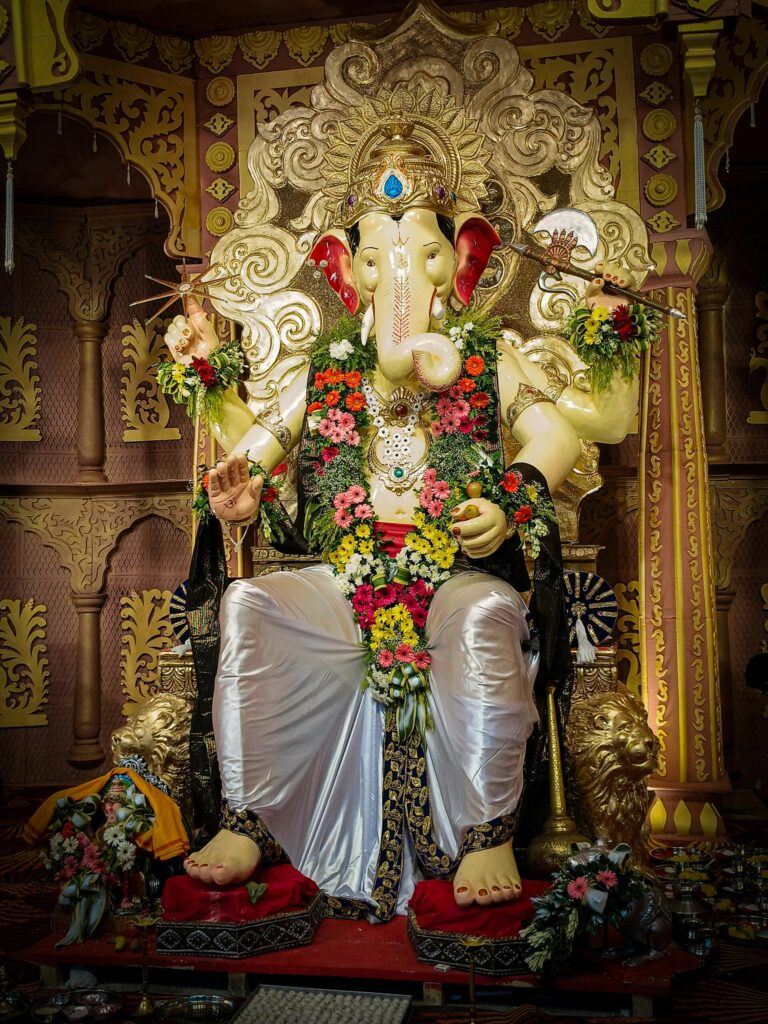Hindu Mandir: Exploring the Architecture

Discover the beauty and spirituality of Hindu Mandir. Explore our resources on architecture, rituals, and community events that celebrate Hindu culture.
Trending News Fox, Digital Desk Team, Kolkata
Edited by Saibal Bose
Hindu temples, or mandirs, are a profound expression of spirituality, devotion, and art. They embody centuries of architectural innovation and cultural heritage, reflecting the philosophical and ritualistic traditions of Hinduism. Here’s an exploration of their architecture:
Key Features of Hindu Temple Architecture
1. Sacred Geometry and Symbolism
- Vastu Shastra (traditional Indian architectural principles) guides temple design, ensuring harmony with cosmic forces.
- Temples are often aligned with cardinal directions, symbolizing the union of earth and the divine.
- The layout shows a mandala, symbolizing the universe.
2. Main Components
- Garbhagriha (Sanctum Sanctorum): The innermost chamber housing the deity’s idol. It is the spiritual core and usually small, symbolizing intimacy with the divine.
- Shikhara/Vimana (Tower): Rising above the sanctum, it signifies the spiritual ascent and cosmic axis.
- Mandapa (Hall): Pillared halls for devotees to gather, pray, or carry out rituals.
- Pradakshina Patha: The circumambulatory path around the sanctum, allowing devotees to meditate while walking.
- Gopuram: Towered gateways, especially in South Indian temples, adorned with intricate carvings.
3. Styles of Hindu Temple Architecture
- Nagara Style (North India):
- Curvilinear shikhara with intricate carvings.
- Examples: Khajuraho Temples (Madhya Pradesh), Sun Temple (Konark).
- Dravidian Style (South India):
- Pyramidal vimana, elaborate gopurams, and water tanks.
- Examples: Brihadeshwara Temple (Tamil Nadu), Meenakshi Temple (Madurai).
- Vesara Style (Deccan Region):
- Fusion of Nagara and Dravidian elements.
- Examples: Hoysaleswara Temple (Karnataka).
- Kalinga Style (Eastern India):
- Emphasis on ornamentation with a unique rekha deul (tower).
- Examples: Jagannath Temple (Puri).
4. Ornamentation
- Exquisite carvings depict mythology, deities, dancers, musicians, and animals.
- Frescoes, murals, and sculptures narrate epics like the Ramayana and Mahabharata.
5. Materials and Techniques
- Temples were traditionally built using locally available stone, brick, or wood.
- Precision and craftsmanship ensured durability, as seen in centuries-old temples that still stand strong.
Also, read Swami Vivekananda Jayanti: A Day of Inspiration
Hindu Mandir: Cultural and Spiritual Significance
Hindu temples are not merely places of worship but also hubs of community life, education, and art. Each element, from the sanctum’s dark chamber to the brightly lit outer areas, symbolizes the journey from ignorance to enlightenment.
The temple’s design encourages a meditative experience, with its architecture leading the devotee inward, both physically and spiritually.
Would you like to dive deeper into a specific style, temple, or architectural aspect?
Also, read Cyclone Fengal: A Case Study in Disaster Management
Also, read Kali Puja: A Festival of Darkness and Light
Discover more from Trending News Fox
Subscribe to get the latest posts sent to your email.




